How to sleep with a dead leg
Between the pain and feeling of numbness, trying to sleep with a dead leg is downright uncomfortable.
Fortunately, these proactive steps can speed up your recovery and steer you towards how to get rid of a dead leg quickly.
Try the RICE regime
Within 24 - 48 hours after your injury, start the RICE regime [1].

This method will control the swelling and reduce potential tissue damage so you can have a better night.
Implement these steps before you go to bed:
- Rest
- Ice
- Compression
- Elevation
Let's look at all of these in a bit more detail.
Rest
Getting a good night's sleep starts in the daytime.
For the first 48 hours after your injury, you need to limit the weight on your injured leg.
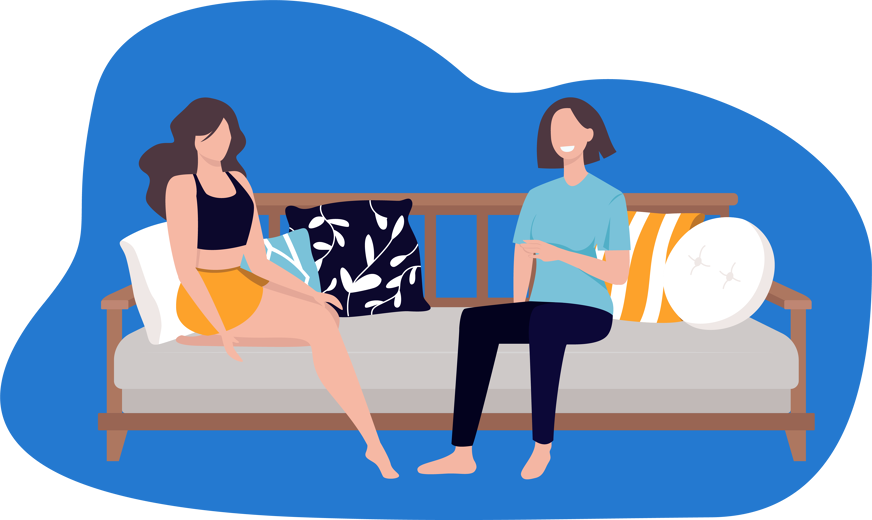
That means lying on the couch or in bed throughout the day and pulling back on your daily activities.
Ice
Make sure to apply ice just before you go to sleep.
You should also ice your dead leg throughout the day for 15 - 20 minutes every 1 - 2 hours.
You can use a bag of frozen peas or crushed ice wrapped in a damp cloth to prevent direct skin contact.
The cold temperature will help reduce blood flow to the injured area, decreasing swelling and tissue damage.
Compression
Once you have iced your leg, use an elastic bandage to apply gentle compression [2] around the injured site.
The bandage should be firm but not overly tight to compress the leg without cutting off circulation.
Go to sleep with this bandage around your leg to keep it supported and compressed throughout the night.
Elevation
The final step of the RICE regime is to elevate your bandaged leg.

Place a few pillows under your leg, or use a wedge pillow to elevate it above your heart. 🫀
The elevation promotes better blood circulation and helps reduce swelling.
Find the best sleeping position
Now you've got the RICE method down, you need to find the most comfortable sleeping position for your leg.
Sleeping on your back is the easiest.
Place a pillow under your thighs to elevate your injury all night.
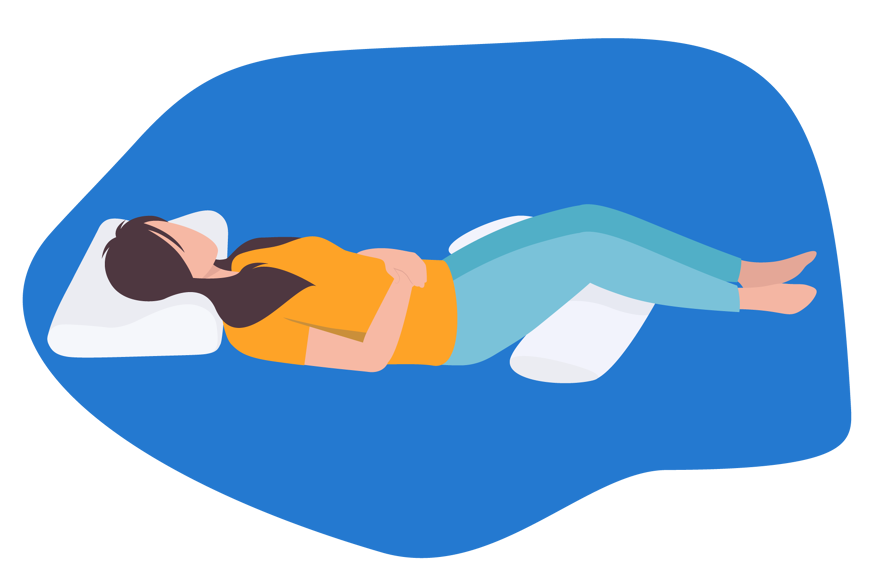
If you're a side sleeper, you could put a few thick pillows between your knees to elevate your thigh.
Create a barrier of pillows around your body, or use a body pillow to stop yourself from moving in the night and lowering your leg.
Try to avoid sleeping on your stomach where your weight is placed on the front of your thigh.
In any sleeping position, you must keep your leg compressed and elevated until the morning.
Consult a professional
Following the RICE regime is essential until a physiotherapist can assess you.
Ideally, this assessment should occur within the first 48 hours of the injury.
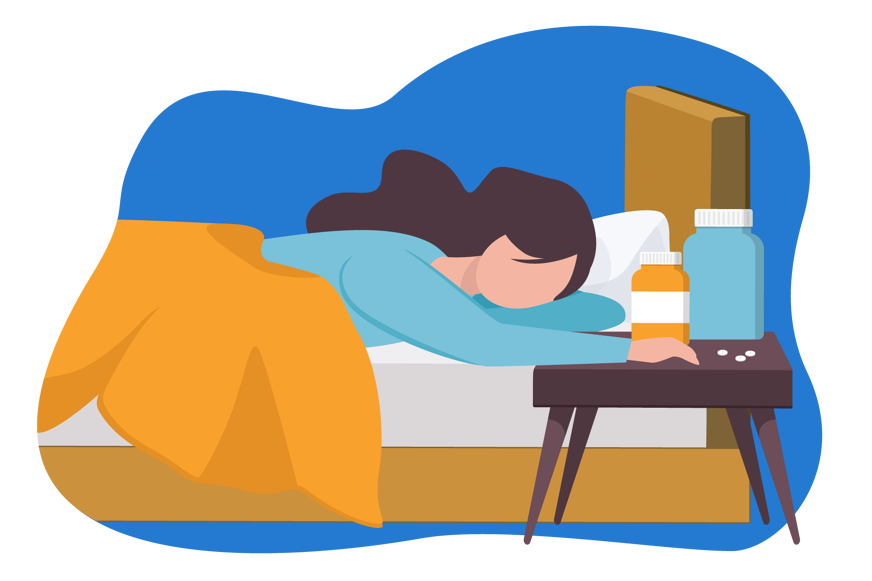
A physiotherapy session can provide expert guidance and personalised treatment plans, ensuring you recover effectively and prevent potential complications.
Acupuncture
Acupuncture offers an alternative approach to treating a dead leg at night. 💉
Acupuncture targets the root causes of a dead leg, like poor circulation and nerve compression.
It stimulates the body's natural healing response to reduce inflammation and improve blood flow.
This drug-free method can relieve leg cramps and promote overall relaxation, leading to a more restful night's sleep.
Consulting a qualified acupuncture practitioner is crucial to tailor a personalised treatment plan for maximum benefits.
Warming up before a workout
If you are suffering from a sports injury, you can reduce the risk of it happening again by doing a longer warm-up.
Stretching and warming up loosens your joints [3] and improves muscle blood flow, making them less likely to rip or twist during a workout.

Take the time to cool down after your workout with a walk or brief yoga routine.
Proper rest and appropriate management are essential for recovering the damaged muscles and blood vessels, enabling individuals to resume their normal activities smoothly.
What is a dead leg?
A dead leg is caused by an injury to the front of the thigh, usually a hard, direct blow.
This blow crushes the quadriceps muscle against the bone, damaging the affected area's muscle fibres [4] and small blood vessels. Ouch.
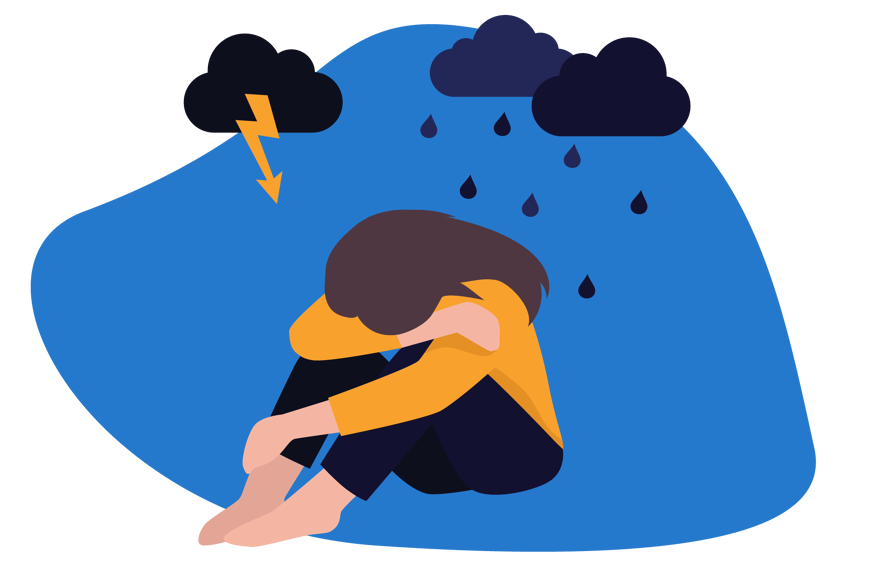
The symptoms of a dead leg include:
- Swelling
- Bleeding
- Localised pain
- Limited mobility
- Feeling of weakness or numbness
- Lower back pain or back spasms
- Difficulty walking
We go into more detail about each symptom further down in the article.
Unfortunately, the discomfort from a dead leg becomes more noticeable at night when the body is at rest and you’re not distracted. 🤕
That’s why it’s important to be diligent with your pain management before bed, including the RICE approach, supplements and over-the-counter painkillers.
We have more information on how to sleep with a dead leg further up.
What causes a dead leg?
As we've discussed, a dead leg is caused by a direct blow to the front of the thigh.
Here are a few incidents that could cause a dead leg:
- Getting hit in the thigh by a ball or hockey stick
- Your thigh hits a tree or stick in a skiing accident
- Other accidents where there is a hard blow to the thigh
Any of these incidents could cause a sore, painful and uncomfortable dead leg.
What are the symptoms of a dead leg?
You need to make sure you actually have a dead leg and not another condition.
Here are the telltale signs.
Pain after injury to the thigh
One of the common symptoms of a dead leg is pain in the thigh area after an injury.
A thigh contusion can lead to significant discomfort and hinder mobility [5], whether it's a fall, impact, or strain.
Bruising and swelling on the injury
A dead leg can also manifest as bruising and swelling around the injured thigh.
This discolouration and inflammation are typical signs of trauma to the area, indicating potential damage to blood vessels and soft tissues.

Remember that sometimes there can be delayed bruising and swelling after an injury.
Altered sensation down the leg
Another indication of a dead leg is an altered sensation down the leg.
You might experience tingling, numbness, or a pins-and-needles sensation, all of which can be unsettling and may indicate nerve involvement. 🦵
Heavy, painful legs
Feeling like your legs are heavy and painful, especially at night, is another common symptom of a dead leg.
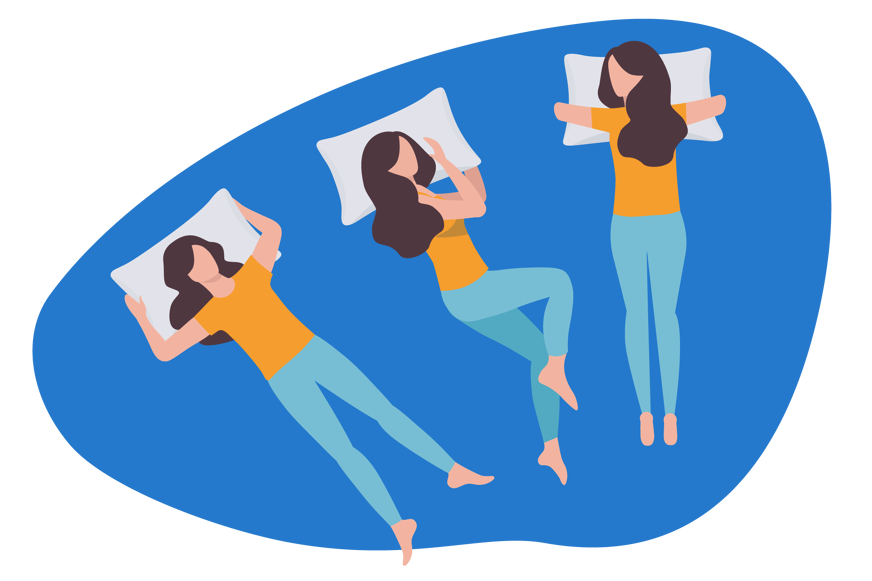
This heaviness can make your sore legs feel even worse, and it may disrupt your sleep.
Difficulty walking or moving the leg
Walking or moving the affected leg might be challenging when you have a dead leg.
The pain, stiffness, and altered sensation can limit your range of motion and make it harder to perform everyday activities.
When should you talk to a doctor?
In severe cases or if you experience consistent leg pain, it's crucial to consult a healthcare professional like a physio to help alleviate the pain. 🩺
They can advise you on how to help a dead leg so you can get on the road to recovery.
Conditions like anaemia or iron deficiency might also contribute to leg pain [6], so a thorough evaluation is necessary for a comprehensive diagnosis and management plan.
Get ahead of your dead leg
When it comes to sleeping with a dead leg, it’s essential to act quickly.
Start the RICE method within 24 - 48 hours, and diligently manage your pain.
Stay on top of your dead leg symptoms and seek a professional consult if the pain continues for long periods of time.


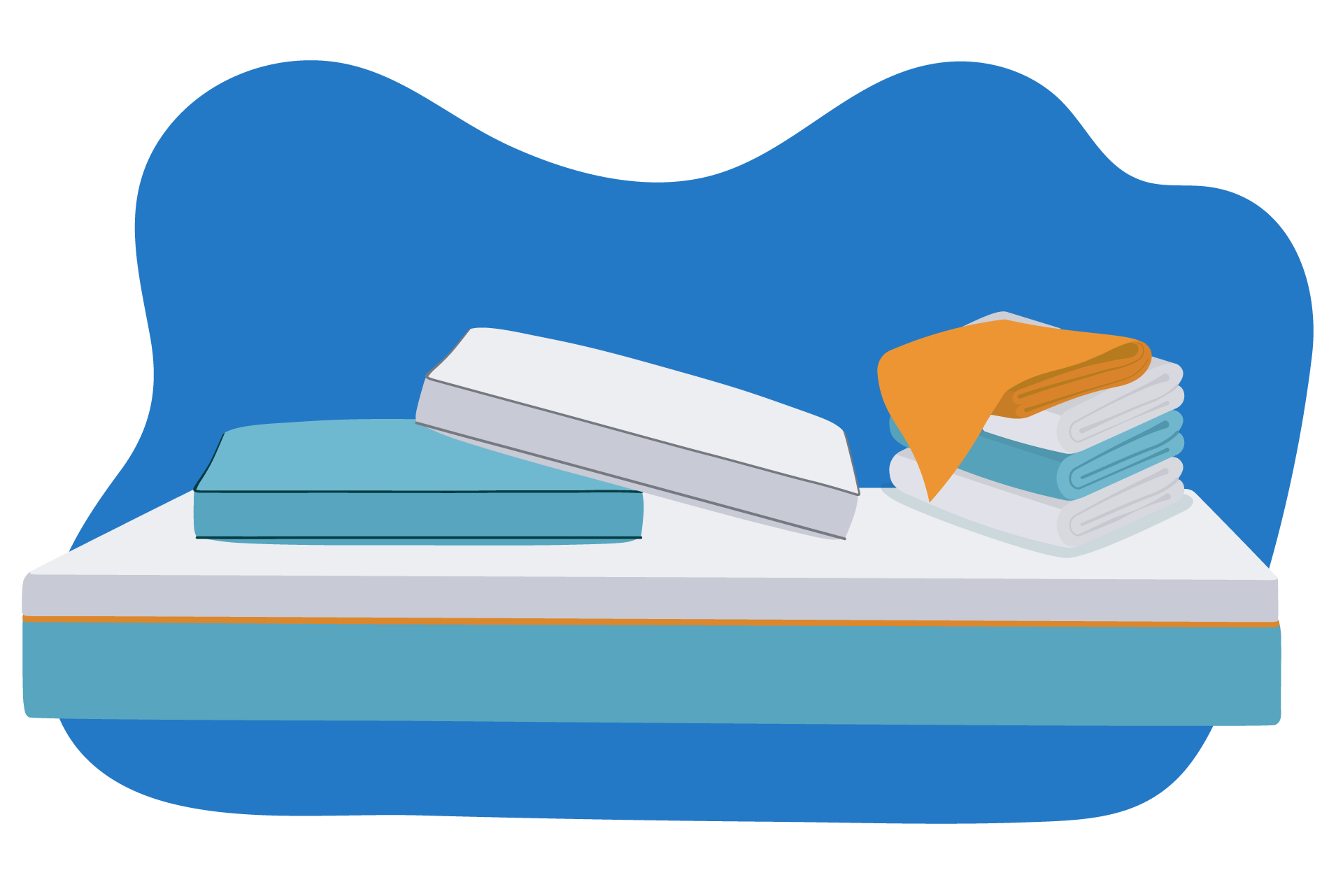





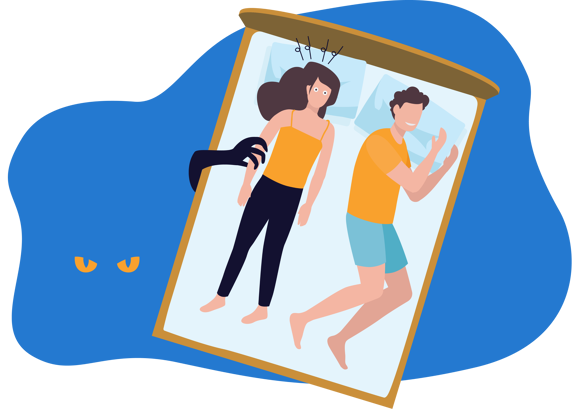



Alternatively, message us directly via the Contact Us page.